Interiors get the Jetsons look
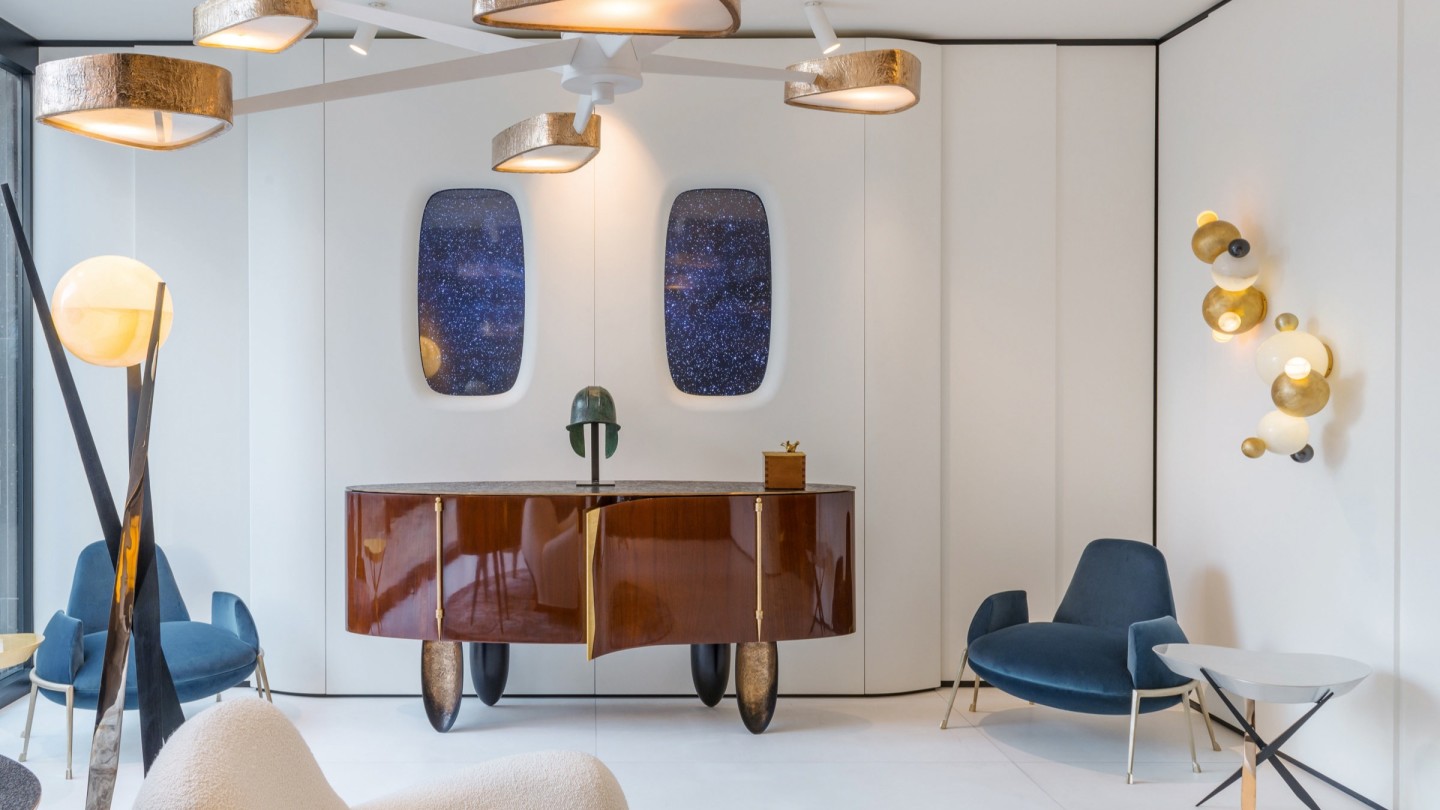
Roula Khalaf, Editor of the FT, selects her favourite stories in this weekly newsletter.
Retrofuturism has landed and is set to invade smart interiors. It’s the streamlined style seen in imaginary depictions of the future from the early to mid-20th century: a world of space stations with endless curving corridors, flying cars on highways in the sky and robot servants. But the future, in design terms at least, is not what it used to be. Light years away from the chilly white chambers of Andrei Tarkovsky’s art film Solaris and George and Judy Jetsons’ stark, gadget-laden Skypad apartment, retrofuturism’s 21st-century reboot is warm, sensual and glamorous.
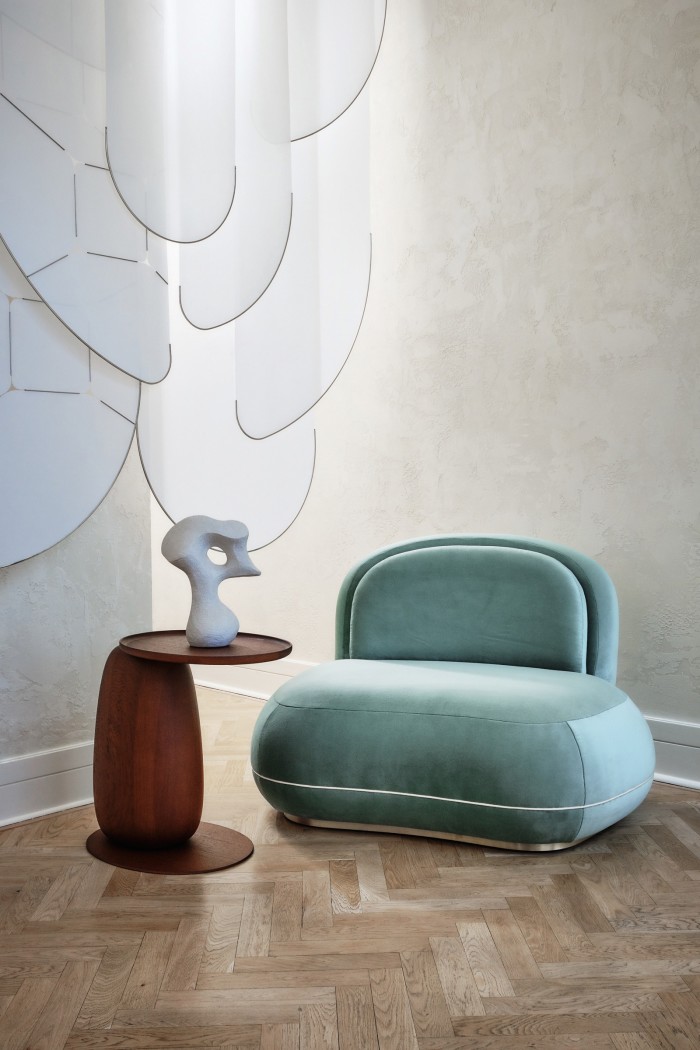
“For me, retrofuturistic refers to an oneiric and fluid domestic space without a rigid functional interior separation, and with minimised furniture and decorations,” says Milanese architect and designer Cristina Celestino. Planetario, the dreamlike installation she created for the Brera Design Apartment at last year’s Milan Design Week, was her retrofuturistic vision of a home – a luxurious cocoon, with walls and ceilings carpeted in her Nebula collection for Besana Carpet Lab and interiors illuminated by the cosmic glow of her lamps for Esperia. In creating the scheme, Celestino drew on the interiors of the 1960s and ’70s – a period “when there was an optimistic vision of the future connected to themes of technology and space exploration”. Her style references included Italian designers Cini Boeri, Nanda Vigo and Joe Colombo and, unsurprisingly, Solaris.
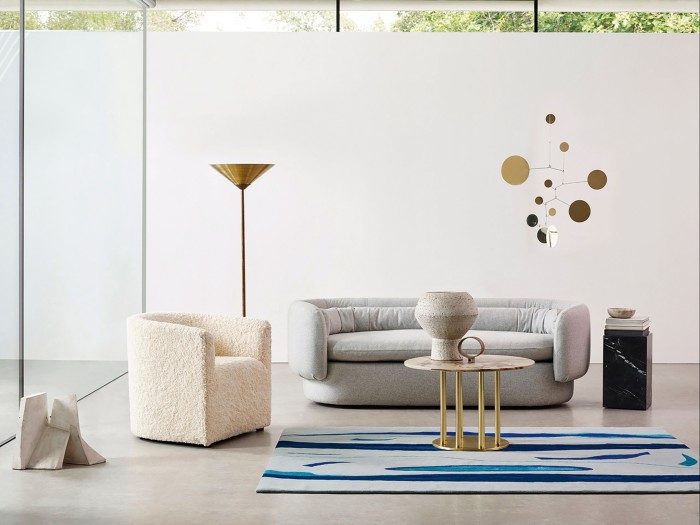
Architect and designer Achille Salvagni has been playing with retrofuturistic themes for much of his creative career. His most recent cosmic creation unveiled at PAD, London’s design and art fair in Berkeley Square, is the Spider Laguna chandelier – an alien arachnid with elongated bronze arms, diverging from his earlier Spider lighting with its burnt orange patina. This exploration followed Salvagni’s Apollo collection showcased in a 2018 exhibition at his Mayfair showroom, which was deftly transformed into a slick white time capsule. “It was the dream of the boy I was when I first watched 2001: A Space Odyssey and Blade Runner,” he says. “Fascinated by the advent of space tourism and visually enticed by Stanley Kubrick, I created my own spacecraft and the designs I would bring with me to space. I wanted to create a futuristic language that could simultaneously co-exist with the past – one where design is timeless and the quality outstanding.” At the same show where Salvagni debuted his extraterrestrial spider, Galerie Alexandre Biaggi presented the Abbraccio armchair, designed by his friend and collaborator Mauro Fabbro. Abbraccio’s serpentine lines owe a debt to several European artistic avant-gardes of the 20th century, including Giacomo Balla, but also visions of the future as witnessed on the big screen. “I am fascinated by films where the future uses the past, as in David Lynch’s Dune; the use of Frank Lloyd Wright’s architecture in Blade Runner; and the expressionist urban landscapes of Metropolis by Fritz Lang,” he says.
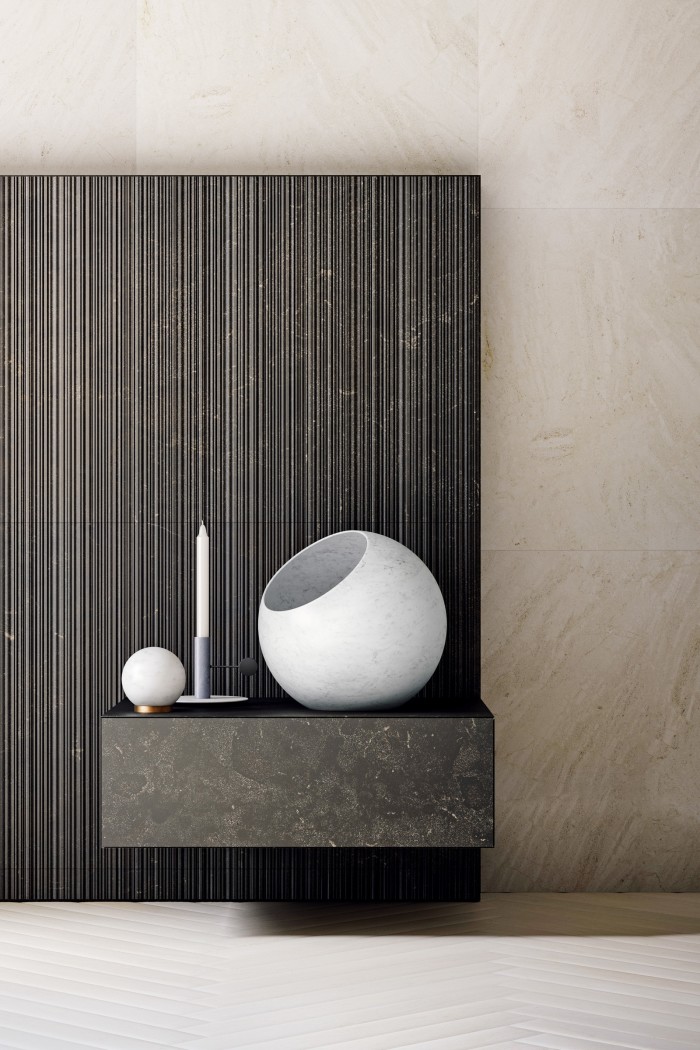
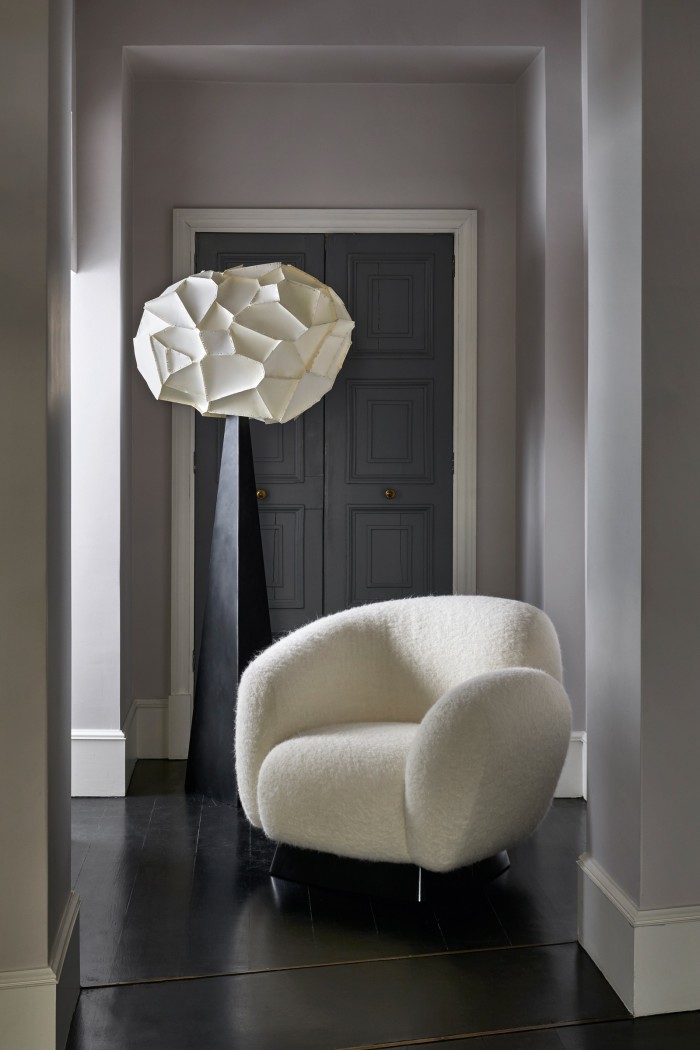
For space-age curves and sleek finishing that would make the Jetsons feel at home, look no further than Belgian furniture designer and sculptor Xavier Lust. He uses original moulding techniques to create sinuous, otherworldly forms that are evident in his recent Arums porcelain vases and limited-edition Reflecteur mirror, while his iconic S table, from 2007, has been reissued with a stand of reconstituted white Carrara or ebony marble.
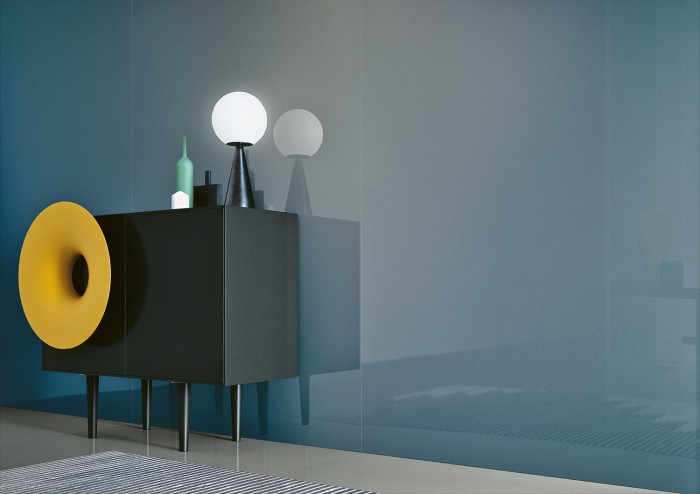
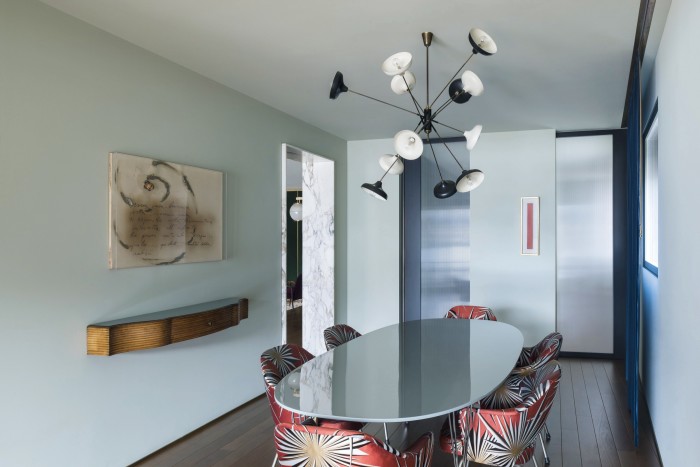
The sinuous forms of retrofuturism can also transform period buildings with striking, cinematic interiors. Britt Moran and Emiliano Salci of Italian studio Dimore Studio are masters at mixing midcentury styles to create residences with a bold, colour-saturated edge and there are others with similar flair. Turin-based architects Marcante Testa’s latest project, a renovation of a Parisian apartment, fuses strong linear profiles and pops of contemporary colour with curved clay walls and custom-made furniture that take their design cues from the spirit of the 1970s. The finished look is fresh, modern and retrofuturistic. Meanwhile, architectural designer Zachary Pulman – who demonstrated his futuristic approach in the dining-room concept he created with artists Divine Southgate-Smith and Bence Magyarlaki at last year’s Decorex design show – has also introduced sci-fi style into a statement bathroom as part of a refurbishment of an 18th-century villa in Maida Vale, London. “The house had nine other traditional bathrooms, so we wanted to create something with more punch,” he says. He used LED lighting enclosed in curving retro profiles for a futuristic feel. Red mosaic Bisazza tiles, including mirrored ones that sparkle when the night light is activated, give the appearance of hundreds of pinpricks of light – like a galaxy far, far away.
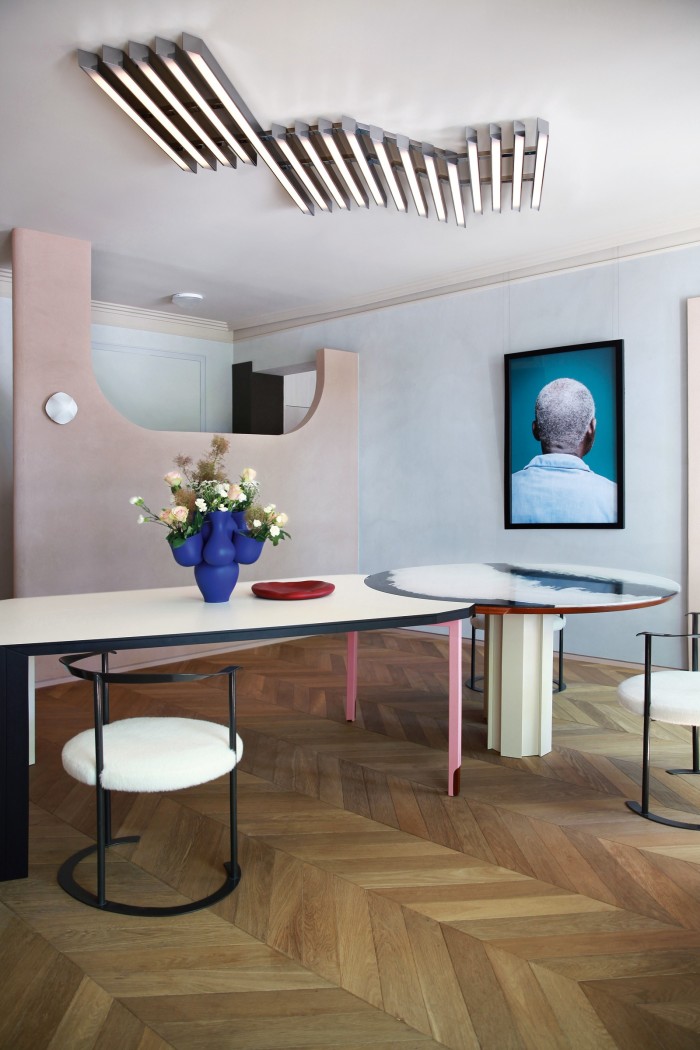
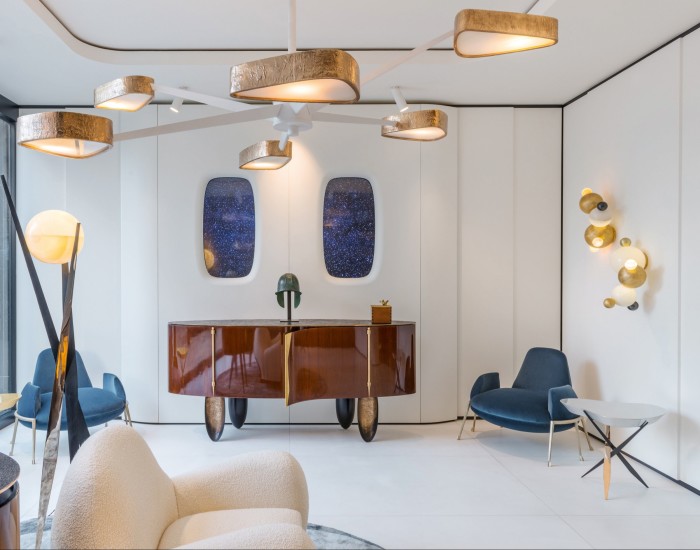
One designer who seems to have taken to heart James T Kirk’s mission “to explore strange new worlds” is Ini Archibong, whose work displays some of the hallmarks of retrofuturism in its devotion to curves and sleek silhouettes. But his Below the Heavens collections of furniture and lighting for Sé, debuted in 2018, has closer synergies with the work of Antoni Gaudí. “There’s not necessarily an aesthetic similarity to the Sagrada Familia, but there’s the idea of creating different worlds and an escape into a fantasy,” he says. He also names the midcentury lighting designer Max Ingrand as well as current creatives such as designer Edward van Vliet and US artist David Wiseman as influences. “They created a universe unto itself that you can escape into, with its own codes and method of operation, so you leave the ordinary way of experiencing behind when you enter one of their spaces,” he says. The Nigerian-American designer, whose recent projects include a watch for Hermès, acknowledges the otherworldly aesthetic of his work: “It’s an escape from the mundane, and an ability to put yourself in a setting where you create the ideal environment for your spirit to wander.” The latest instalment of Below The Heavens, shown at Galleria Rossana Orlandi at Milan Design Week, epitomised this ethos with the cloudlike Oshun and futuristic Circe sofas.
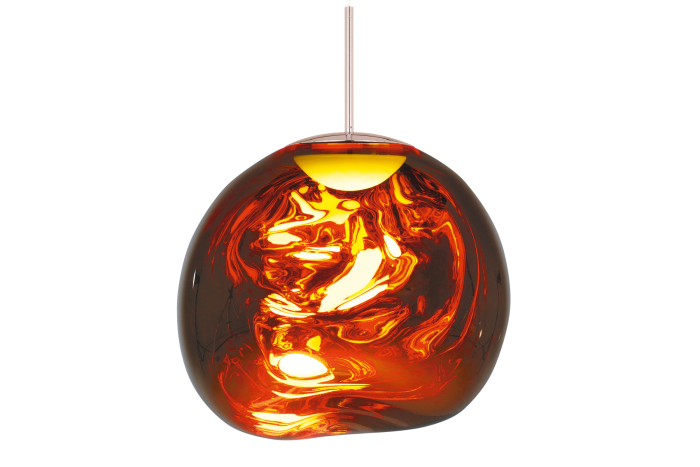
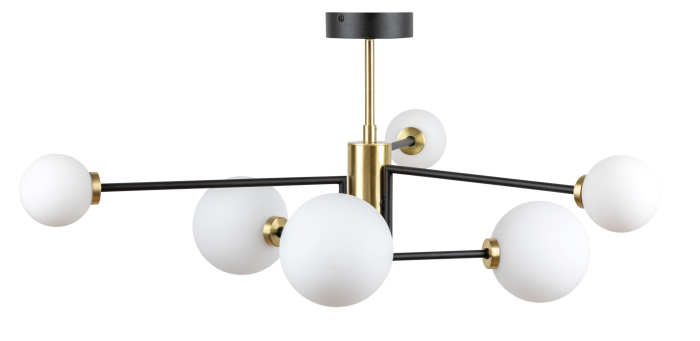
Designs that draw inspiration from the heavens work especially well underfoot. Jan Kath’s series of 13 Spacecrafted rugs for Front, inspired by pictures from the Hubble space telescope and first shown in 2014, are now cosmic classics. This year, artist and rug designer Deirdre Dyson has a different take on the trend with her 2020 Looking Glass collection. Previewed at Maison et Objet in January, it features nine new designs including Floating Glass, which resembles a view looking out towards the universe, taking in constellations and cosmic-dust clouds. Dyson herself describes the motifs, hand-knotted in Tibetan wool and Chinese silk, as “space flotsam”.
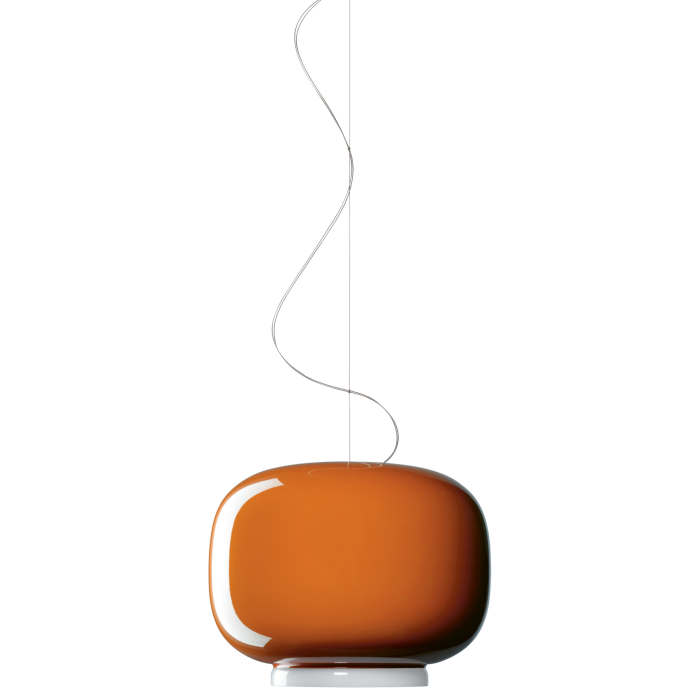

Lighting designs with a retrofuturist twist include glowing spheres, discs and rings. Sublime examples include Urano by Elisa Ossino for Salvatori, a floor light in the form of a sphere carved from Bianco Carrara, and the heavenly Cosmos chandelier by Ochre, composed of smoke-coloured handblown glass discs illuminated by a spine of LEDs. And Artemide’s new Huara table lamp is a high-tech reminder that humans’ first source of light was the stars. “Huara means ‘star’ in the language of the Aymarà, the native population of the Atacama desert,” says Carlotta de Bevilacqua, vice president and CEO of Artemide. “It is one of the driest, darkest deserts in the world and it’s the place where one can see the most stars on the planet. It reminds us that sometimes we need the dark to appreciate the light.” Huara’s black sphere illuminates at a touch to resemble an incandescent meteor.
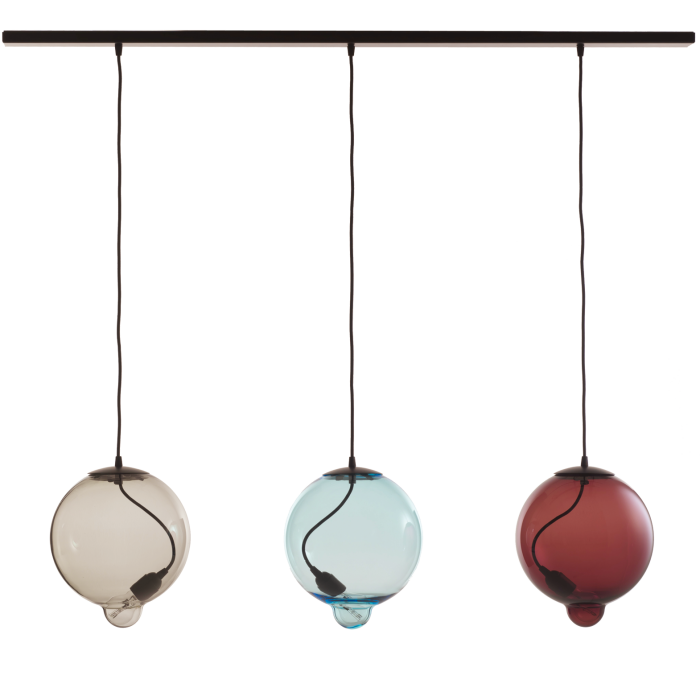
Retrofuturism is a dramatic, optimistic style that lifts interiors from the everyday, but there is something in it that leaves us wistful. It springs from a 20th-century vision of the time in which we are living – but our present falls short of these imaginative projections. On the plus side, Skynet has not launched a nuclear attack on mankind necessitating the services of The Terminator, nor are humans enslaved as energy sources for The Matrix. But where are our flying cars and our robot maids? This future, it would seem, is yet to come.
Comments